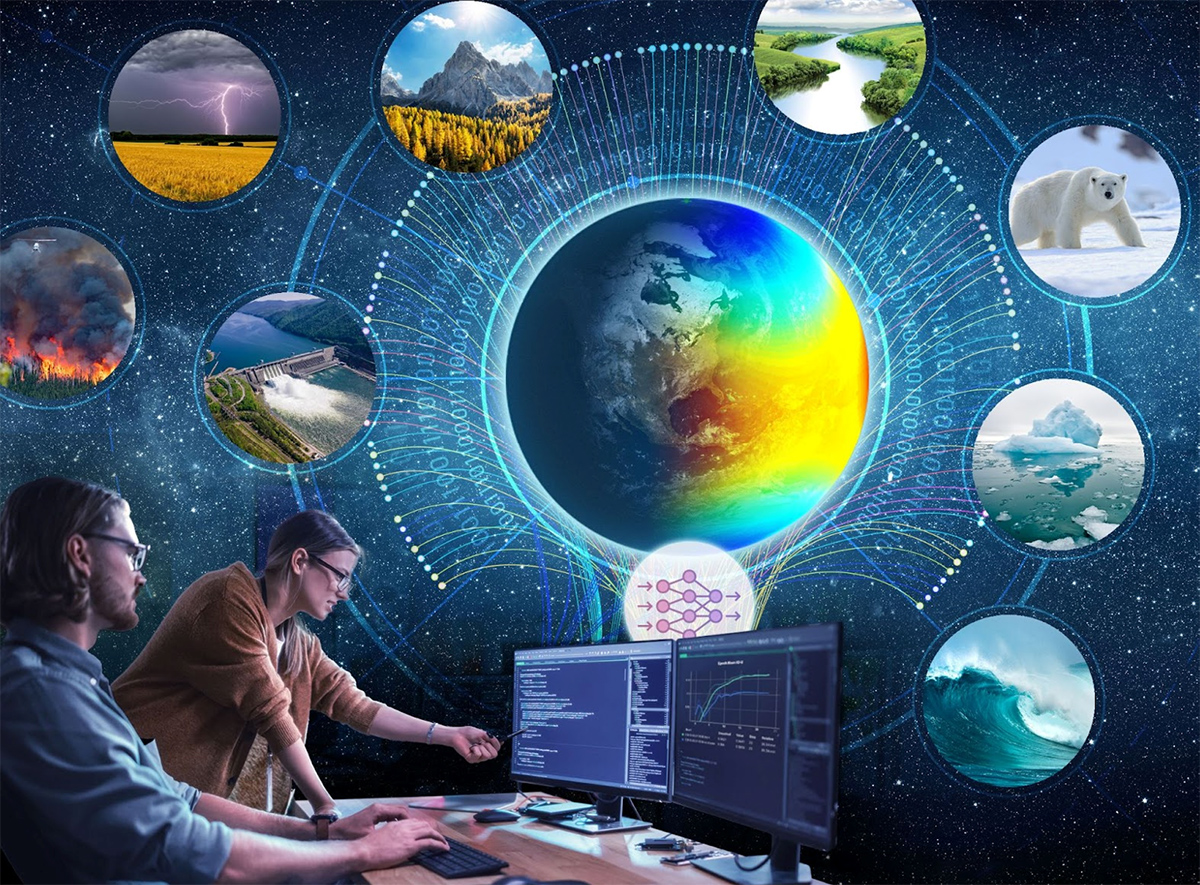Researchers learned machine learning methods during a boot camp, then applied their new knowledge to real-world research problems during a hackathon.

Researchers learned machine learning methods during a boot camp, then applied their new knowledge to real-world research problems during a hackathon.